Architects: Showcase your next project through Architizer and sign up for our inspirational newsletter.
Dark, warm and weatherproof, you would be forgiven for assuming that the humble cave dwelling would have made for the perfect shelter, long before the days of floor plans and plasterboard. However, it may come as a surprise to some that the club-bearing, smock-wearing, bear-footed cavemen — regularly on show in museum displays — never really existed in the way we imagined. Our ancestors, the people of the Stone Age, did not actually live in caves at all.
There are some exceptions — around the equator, some ancient communities inhabited subterranean spaces during the hottest months hiding from the baking sun, while others inhabited caves to seek refuge during mass migrations. Mostly though, caves have never been chosen as permanent residences, utilized instead for rituals, ceremonies and important events.
The question remains then, if caves weren’t a popular choice of home back then, why would they be now? In fact, the unique geometry and geothermal properties of caves have sparked the imagination of many modern architects, as the following collection demonstrates. These contemporary cave dwellings carved out of the landscape many years ago and adapted for the here and now.
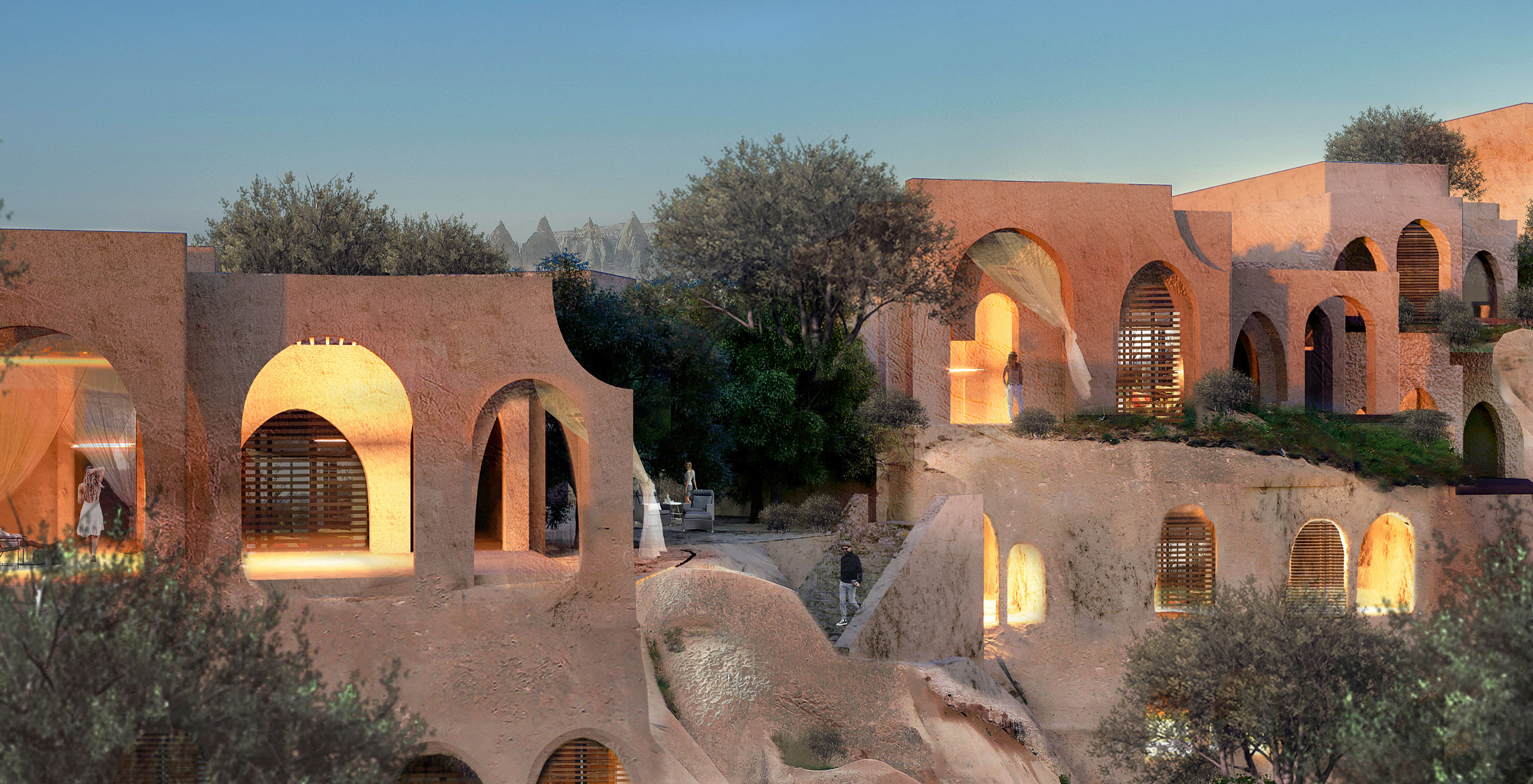
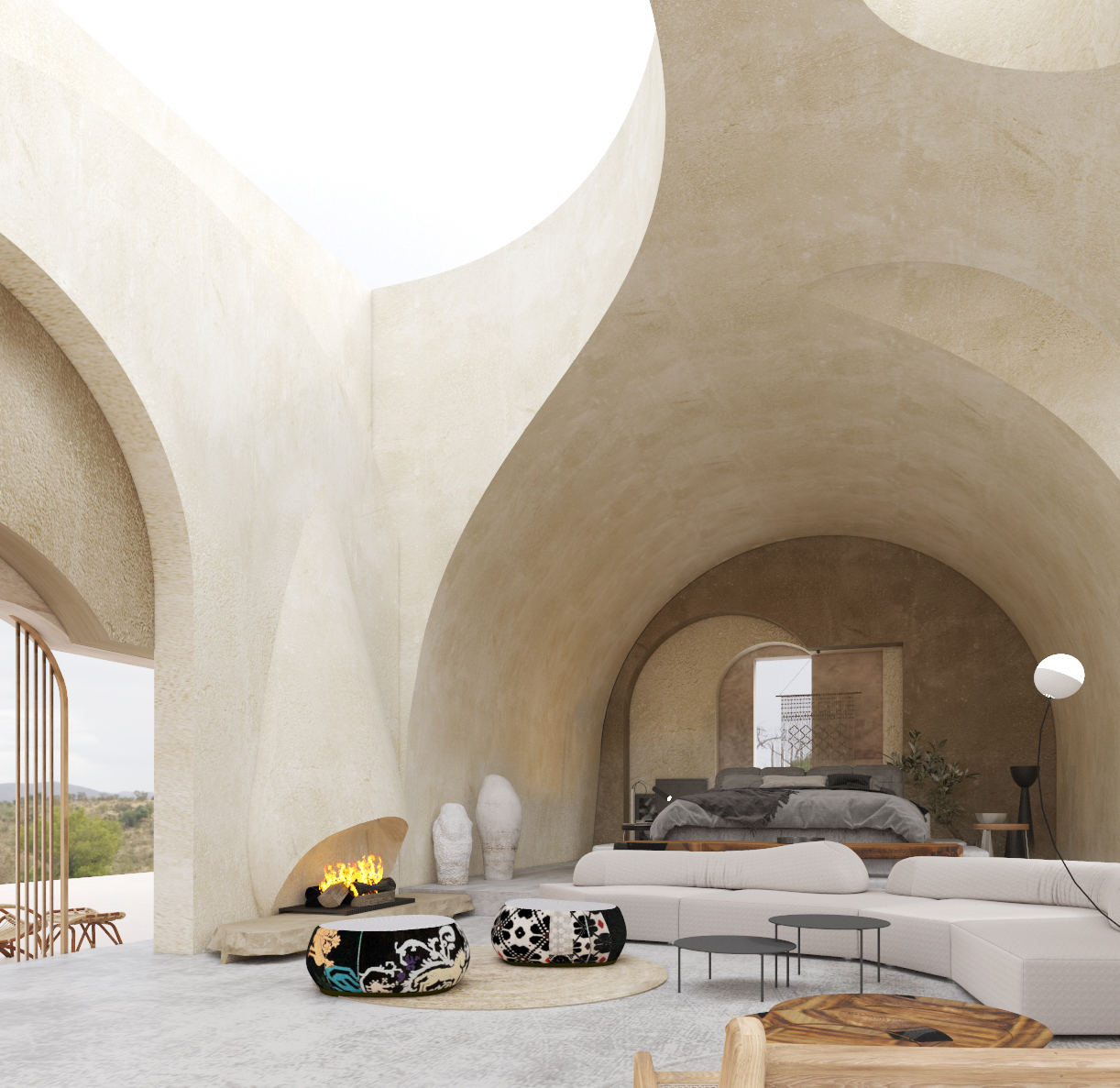 Katapatuka Spa Thermal Hotel by GAD Architecture, Cappadocia, Turkey
Katapatuka Spa Thermal Hotel by GAD Architecture, Cappadocia, Turkey
A landscape made up of many cave dwellings Cappadocia, central Turkey was originally inhabited by Christians avoiding religious persecution during Roman times. A network of vast underground sanctuaries were carved from the earth to form churches and chapels. Today, this series of voids and masses launched the cultivation of an array of unique hospitality venues across the region, with Katapatuka Spa Thermal Hotel being a standout example. Designed to be a hybrid of contemporary design and geological wonder, the architects chose to embrace the microclimates found beneath the ground and evolve them to support the needs of the modern traveler.
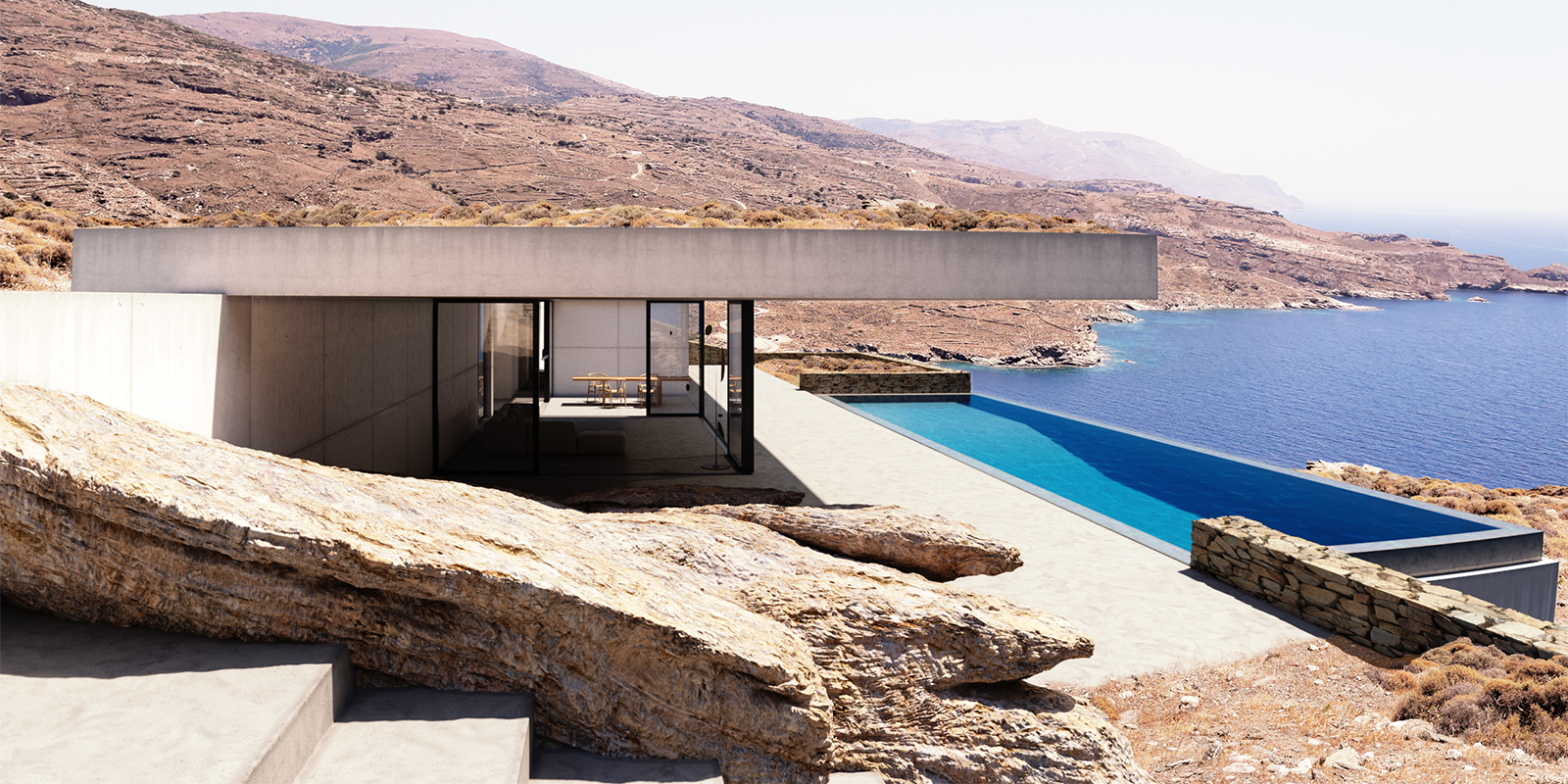
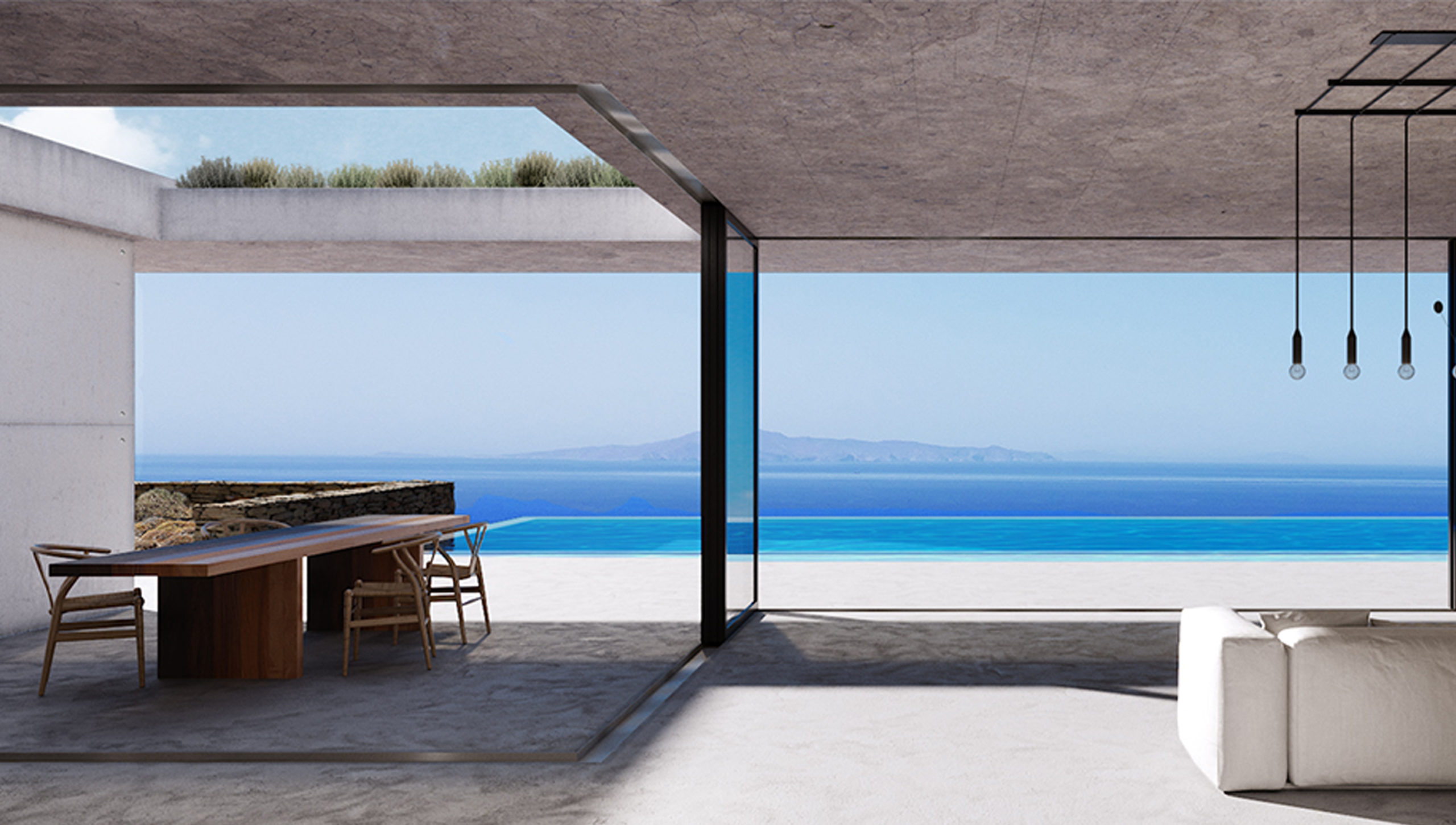 Nonagriam Twins by A31 Architecture, Andros, Greece
Nonagriam Twins by A31 Architecture, Andros, Greece
The clean straight lines of both Nonagriam Twins buildings show little suggestion of the rugged terrain typically associated with caves, but these beautiful, expansive houses are located within the mouth of an existing natural stone cave. Designed to be partially above ground and partially subterraneous, the living spaces offer uninterrupted views of the Mediterranean Sea, while the underground structure allows for the utilization of geothermal energy and passive design features.
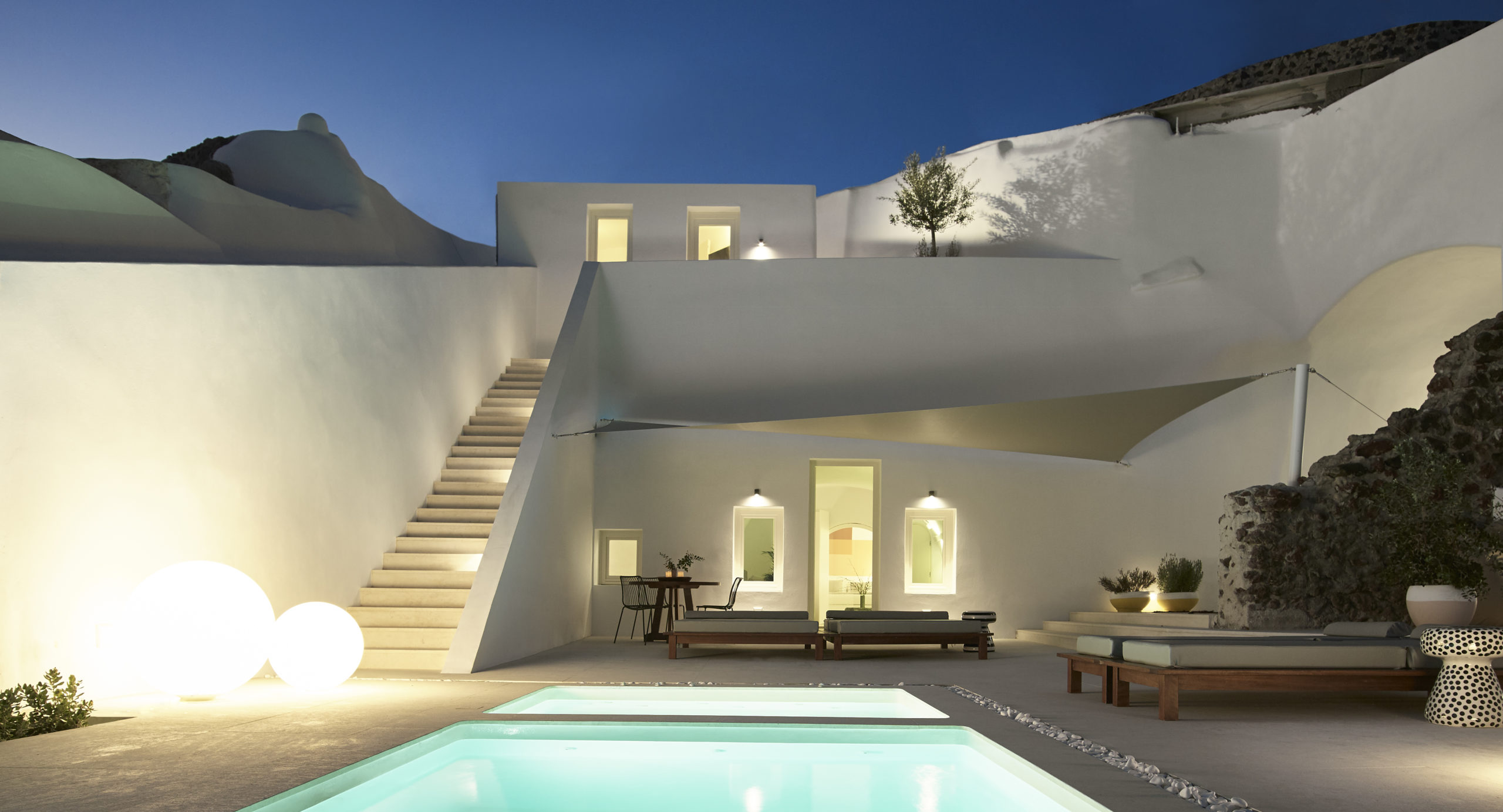
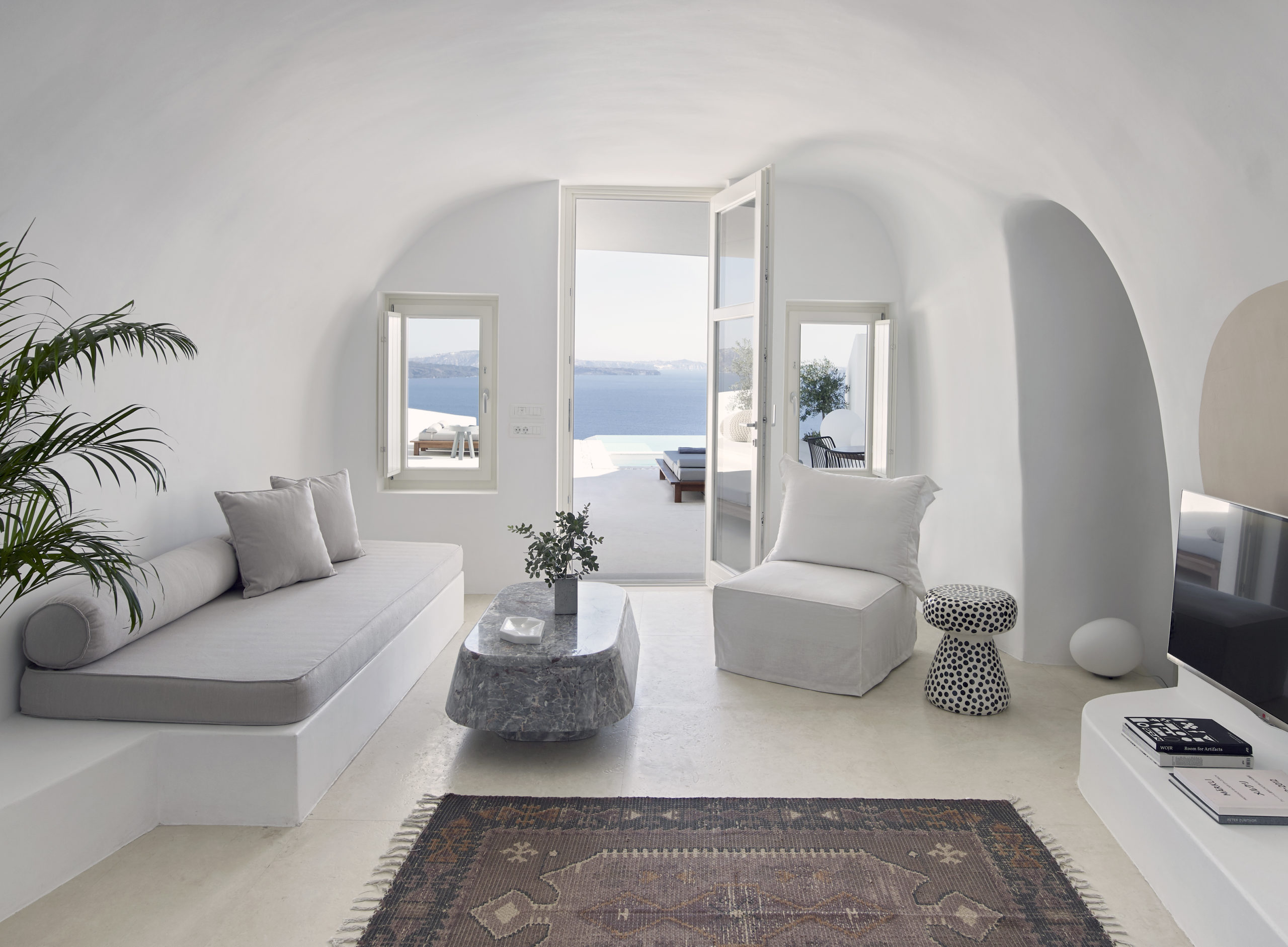 Summer Cave House by Kapsimalis Architects, Santorini, Greece
Summer Cave House by Kapsimalis Architects, Santorini, Greece
A juxtaposition of whitewashed architecture, natural rocky cliff faces, and the electric blue Aegean Sea make Santorini a truly breathtaking site for this project. Originally the homes of penniless sailors, dug out by hand from the earth, the unique texture of the volcanic cave homes in this region has inspired many architects. Over the years, the vaulted ceilings and windowless cubbies have been transformed into some of the most luxurious hospitality venues in the world, adopting the amorphous shapes of the original cave dwellings while drawing in light and atmosphere from the surrounding landscape.
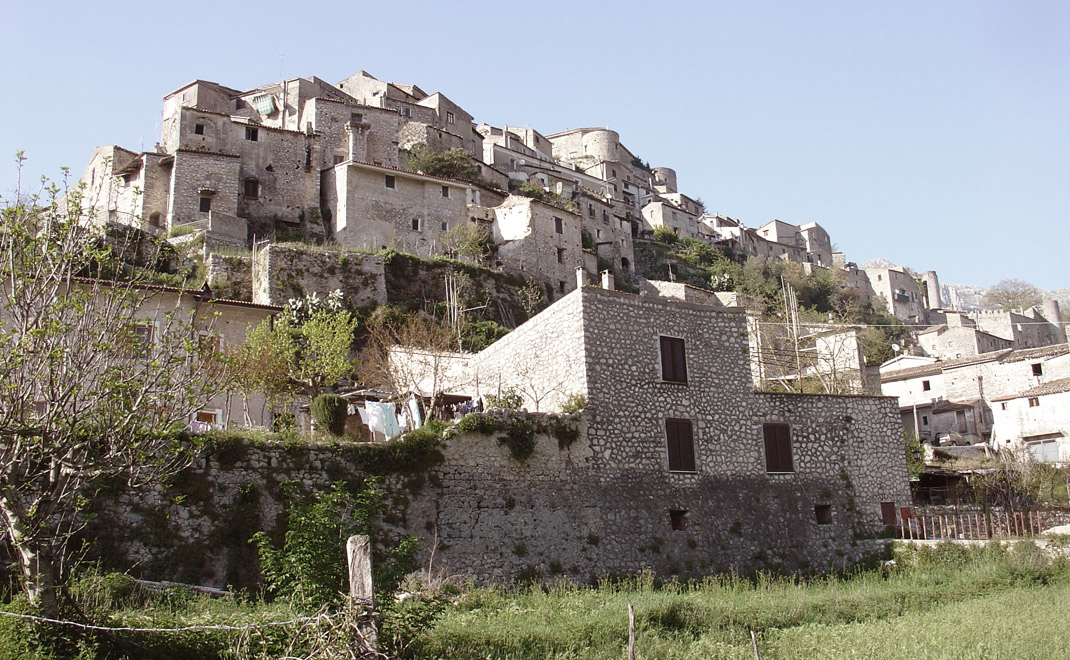
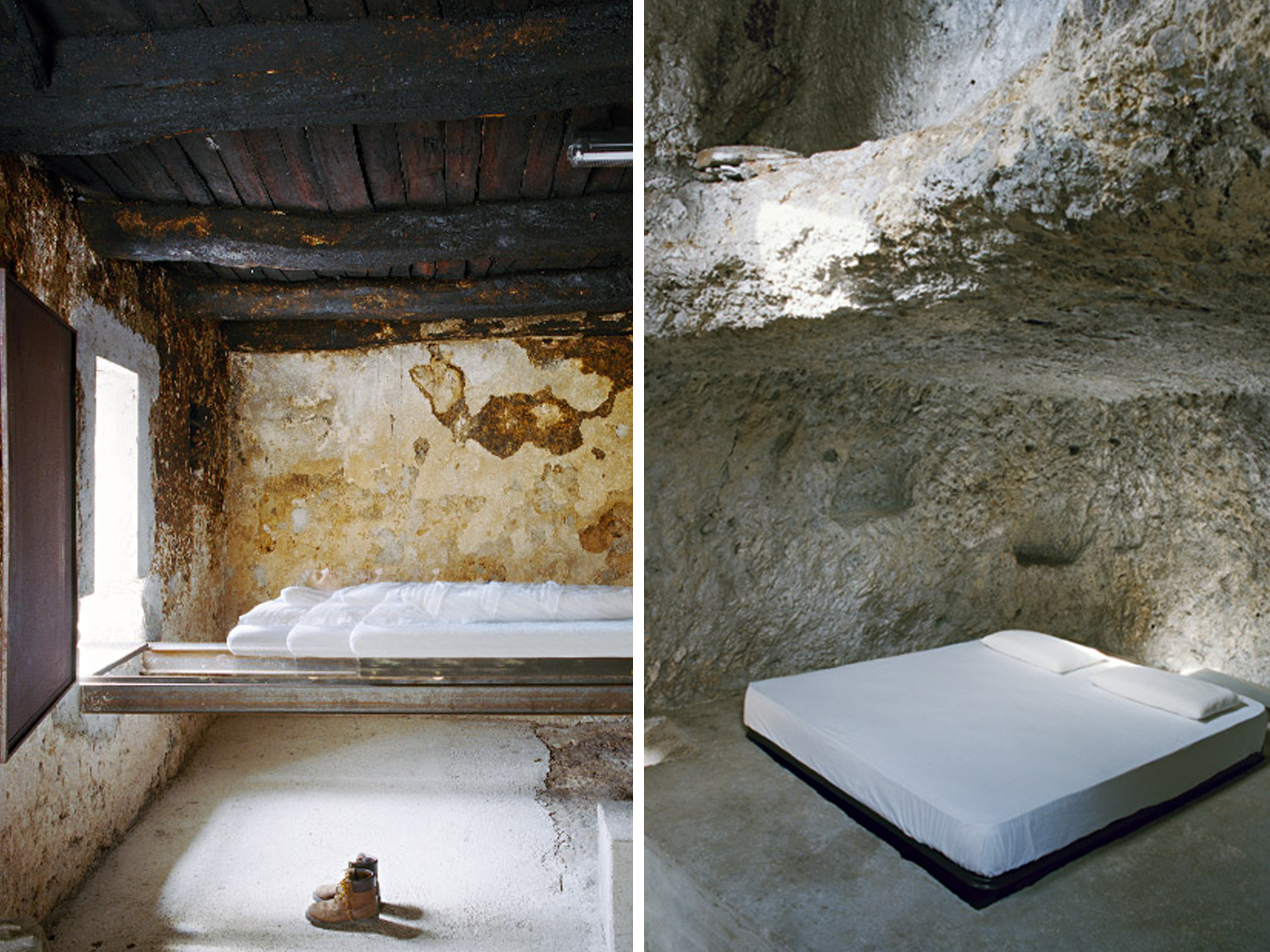 Million Donkey Hotel by Feld72 Architects, Prata Sannita, Italy
Million Donkey Hotel by Feld72 Architects, Prata Sannita, Italy
Once a collection of abandoned buildings, this site was transformed into a large hotel with cave-like rooms cut into the steep cliff face. Located north of Naples, the complex renovation project was conceived as a way to bring tourists back to Prata Sannita. The name “Million Donkey Hotel” honors the many local people, nicknamed ‘workhorses’, who gave their time to help build the hotel by hand. Created in just one month, Austrian architecture firm Feld72 Architects and an array of local volunteers came together using the region’s materials to build up this space while promoting the rural economy.
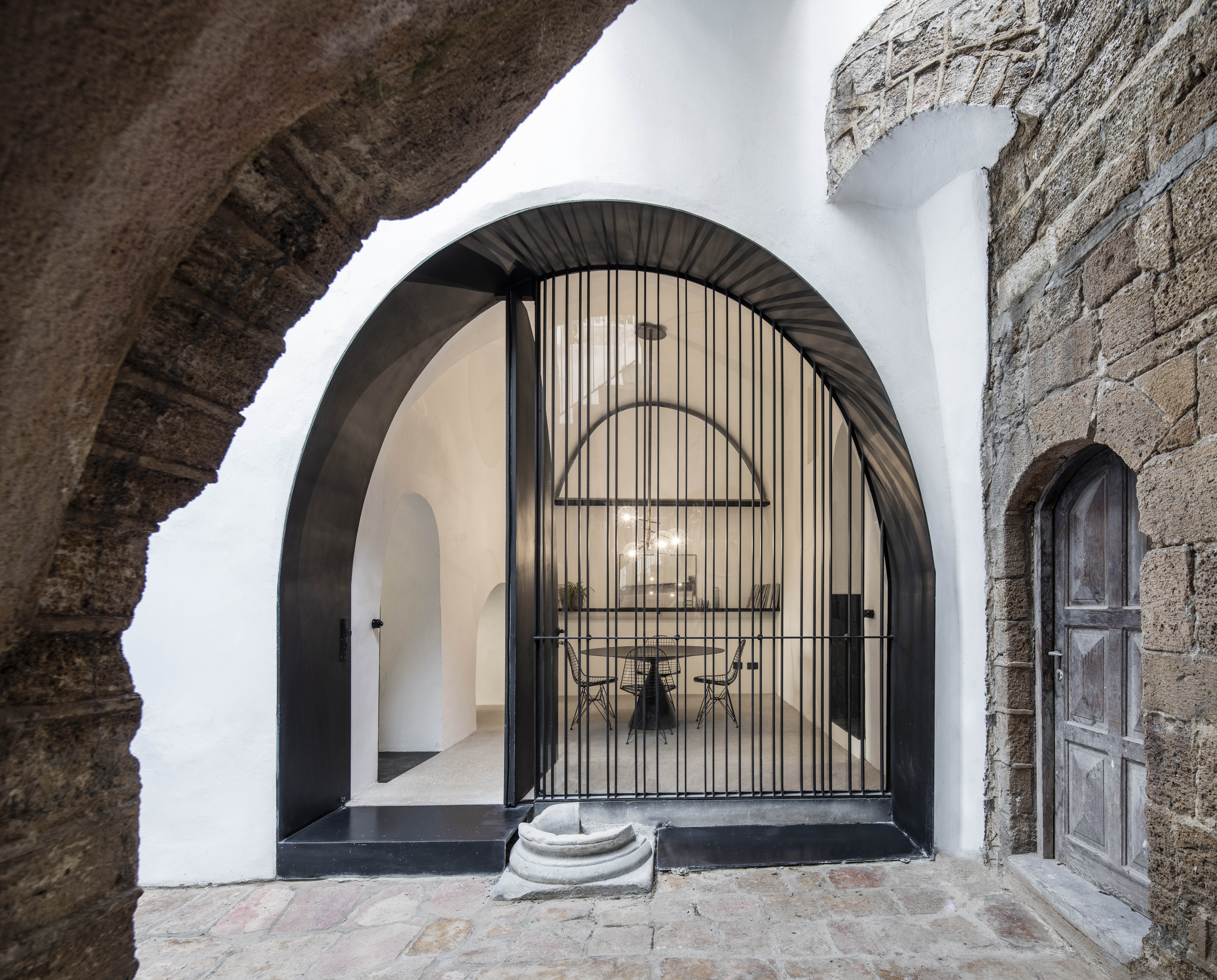
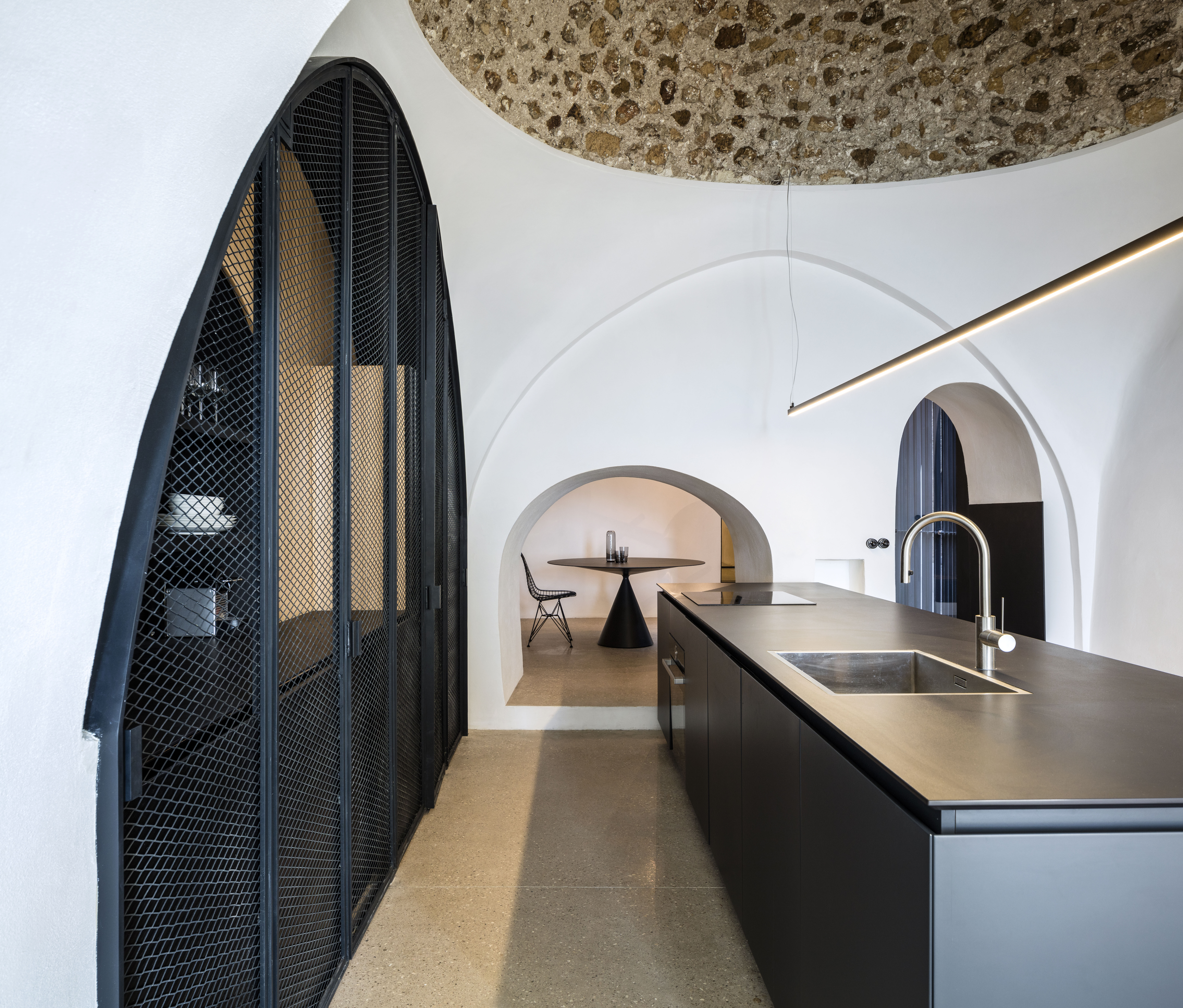 Modern Cave by Pitsou Kedem Architects, Tel Aviv, Israel
Modern Cave by Pitsou Kedem Architects, Tel Aviv, Israel
In the city of Jaffa, an ancient port city located south of the urban center of Tel Aviv in Israel, the series of buildings by Pitsou Kedem are an ingenious blend of modern and ancient architecture. Each original space found in this cave dwelling has been carefully restored to preserve and enhance its character, while a minimalist, modern, aesthetic complements the unusual geometric transitions. The black and white pallet provides a strong contrast, but doesn’t overwhelm the natural stone found throughout.
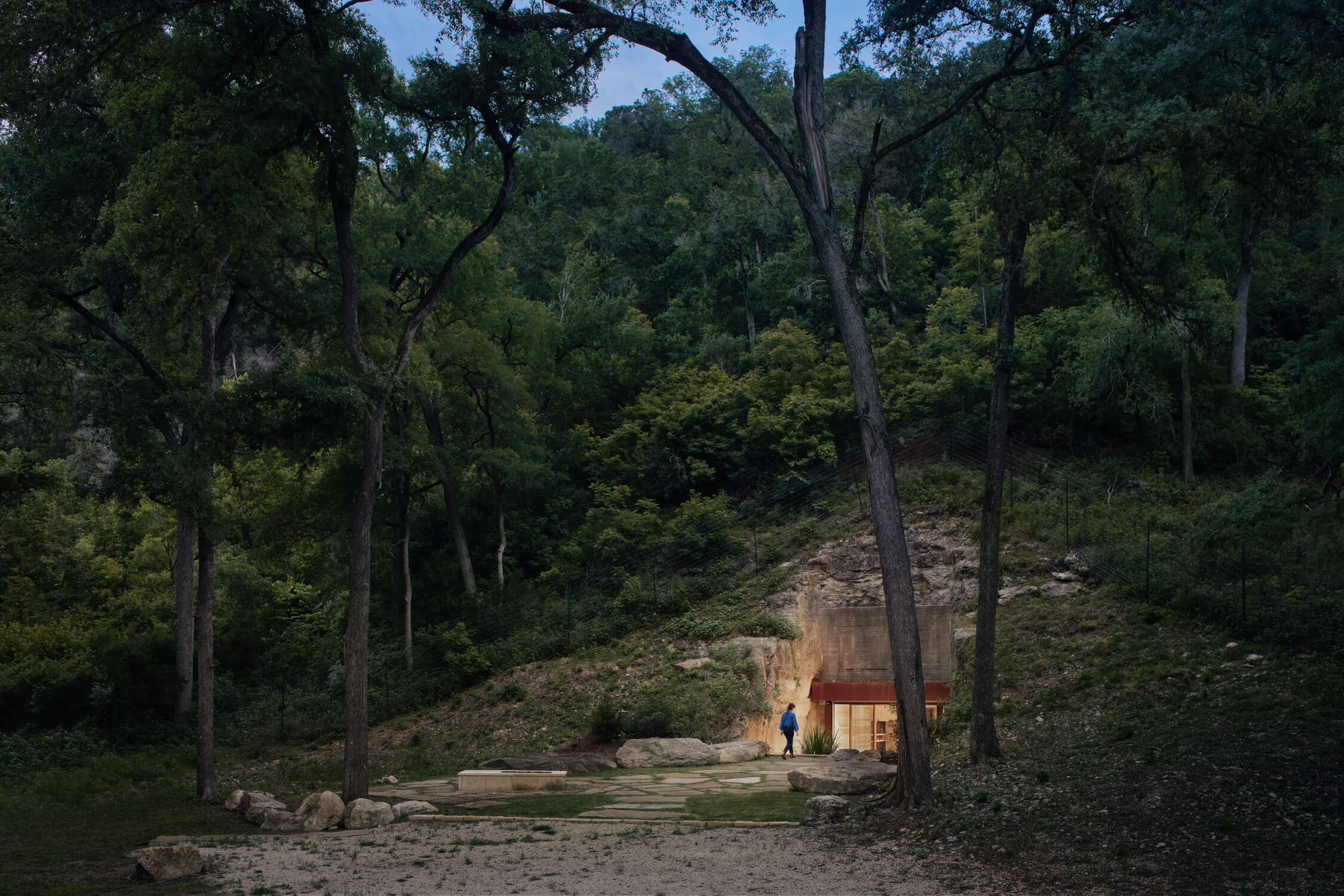
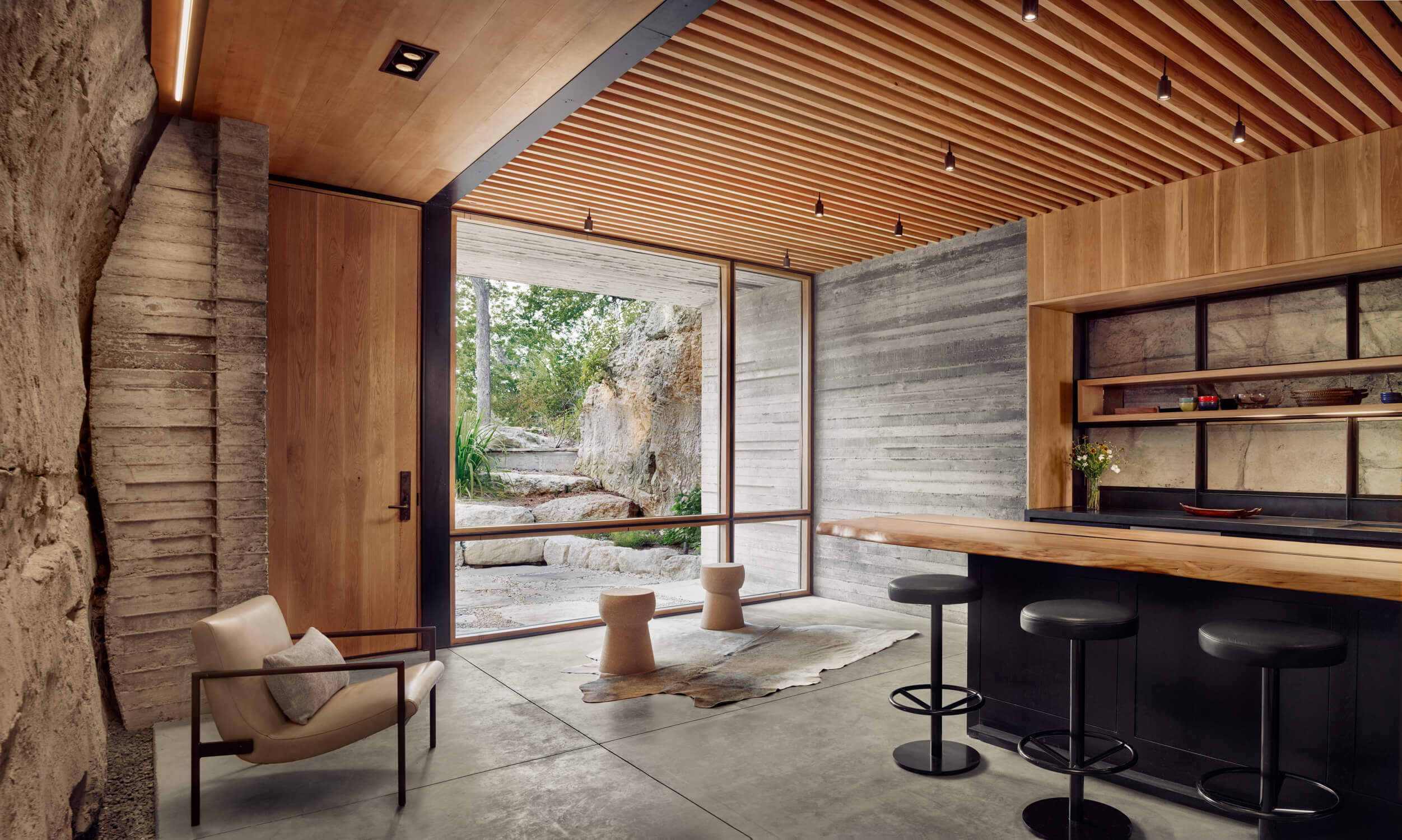 Wine Cave by Clayton Korte, Texas, United States
Wine Cave by Clayton Korte, Texas, United States
A huge advantage of subterranean building is climate control; the effects of the ever-changing weather can be vastly ignored when your building is buried deep within a mountain. This benefit is what inspired Clayton Korte to blend the stable needs of wine production and storage with the safe and unaffected cave dwelling. This private wine cave is embedded into a north-facing, limestone hillside, making it virtually disappear into its surroundings. The interior opens up as a wood-clad tasting lounge with added bar. The private cellar houses a growing wine collection, utilizing the consistent 55-60 degree subterranean temperature and humidity.
Architects: Showcase your next project through Architizer and sign up for our inspirational newsletter.
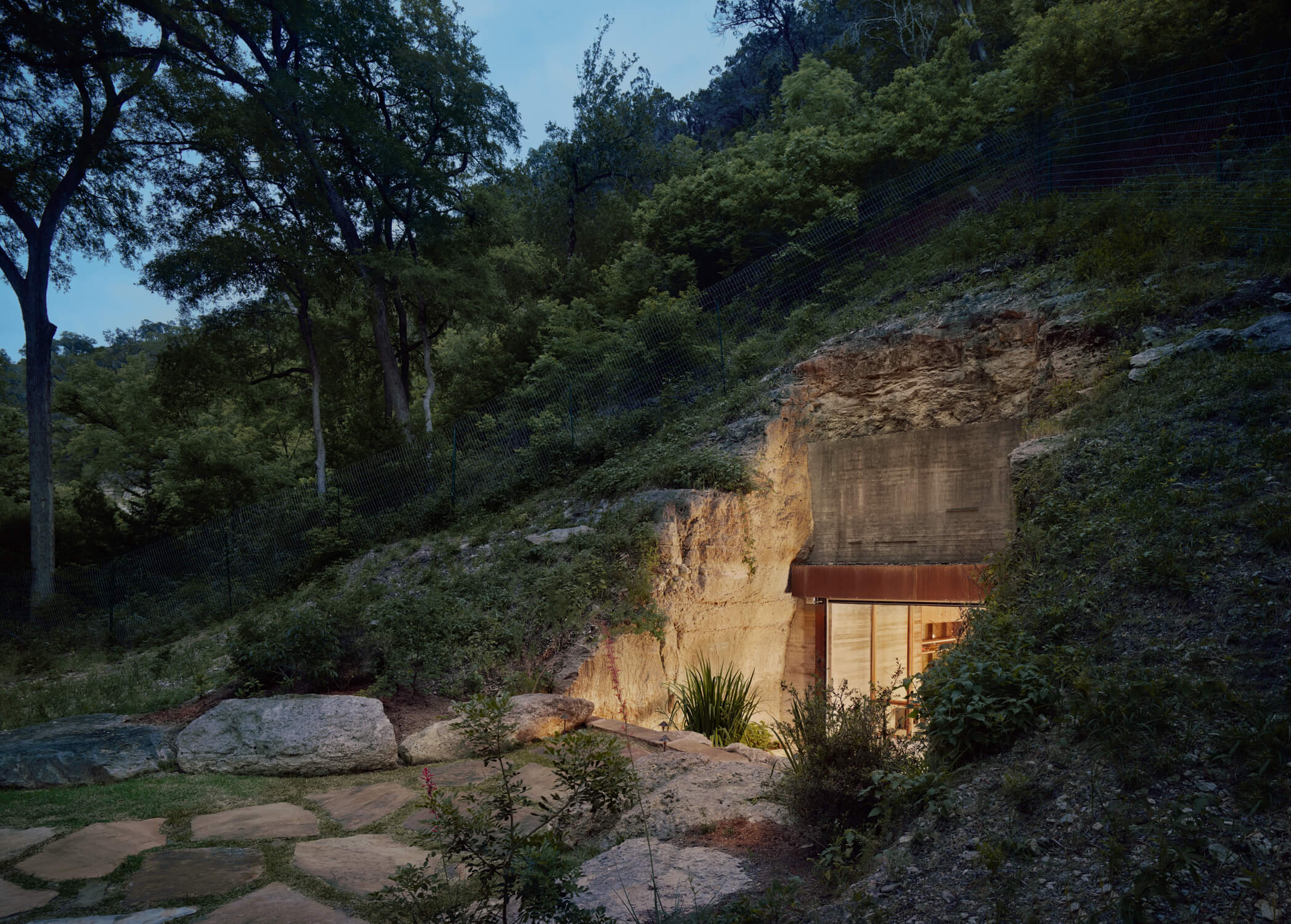
 Million Donkey Hotel
Million Donkey Hotel  Modern Cave
Modern Cave  NONAGRIAM TWINS
NONAGRIAM TWINS  Summer Cave House in Santorini
Summer Cave House in Santorini  Wine Cave
Wine Cave 


